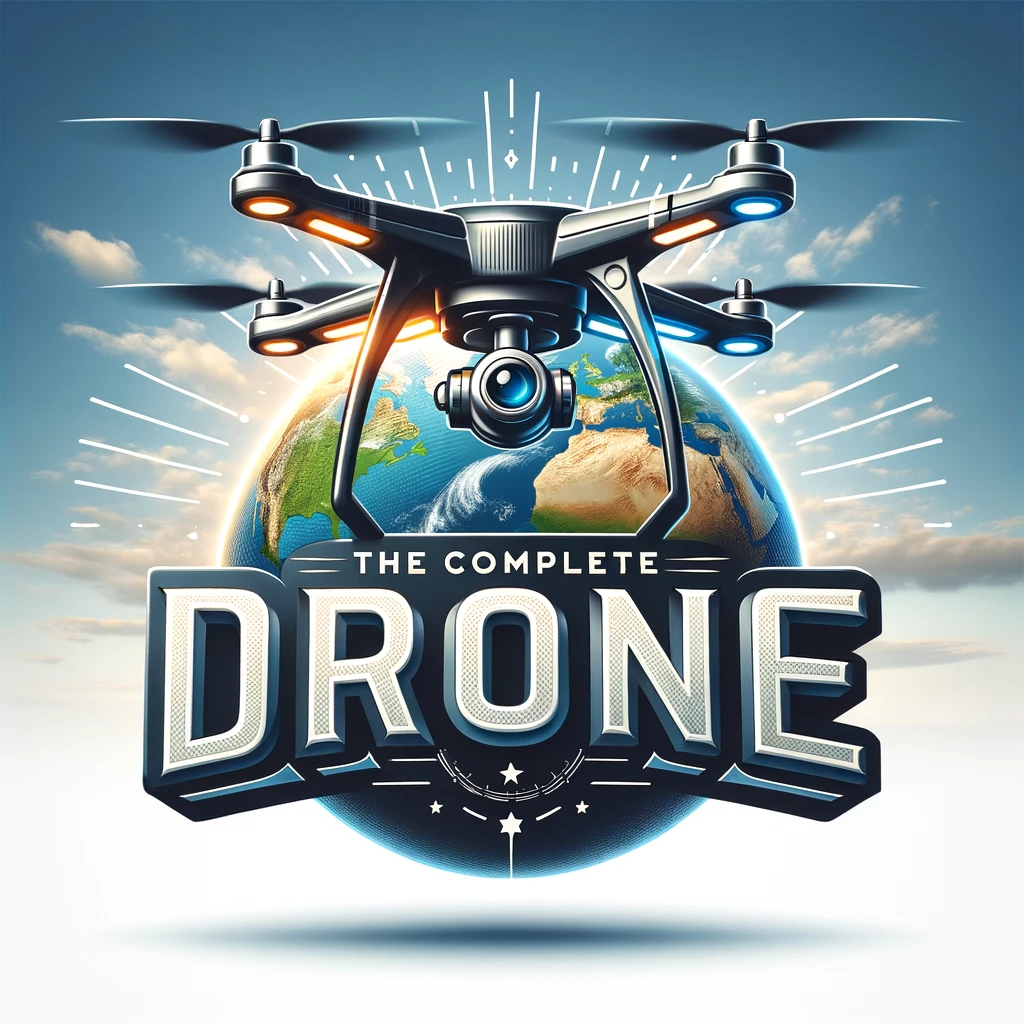Have you ever wondered if drones can fly in the rain? Well, you’re about to find out! In this article, we’ll explore the fascinating world of drones and their capability to take to the skies amidst a downpour. So, grab your umbrella and join us as we uncover the truth about whether these high-flying machines can handle a little rain or if dark clouds signal a grounded journey instead. Drones have become increasingly popular for both recreational and commercial use. Many drone enthusiasts, however, often wonder whether these flying machines can handle rainy conditions. In this article, we will explore the various factors that can affect the ability of drones to fly in rain and provide some tips for flying in wet weather.
Water resistance of drones
The water resistance of drones plays a significant role in their ability to fly in rain. Some drones are designed to be more resistant to water, while others are not suitable for wet conditions. When considering a drone for flying in rain, it is important to look for models that are sealed and have a high IP rating for water resistance.
Sealed vs. non-sealed drones
Sealed drones are specifically designed to prevent water from entering their internal components. They often have rubber gaskets and o-rings to create a watertight seal. Non-sealed drones, on the other hand, lack the necessary protection and are more vulnerable to water damage.
IP rating for water resistance
The IP (Ingress Protection) rating provides valuable information about a drone’s resistance to water and other elements. The rating consists of two digits, with the first indicating the level of protection against solid particles and the second indicating the level of protection against liquids. For flying in rain, drones with a high IP rating, such as IPX6 or higher, are recommended.
Waterproofing measures for drones
In addition to the inherent water resistance of a drone, there are additional measures that can be taken to waterproof certain components. Silicone coating or conformal coating can be applied to the drone’s electronics to provide an extra layer of protection. It is important to note, however, that these measures are not foolproof and may void the warranty of the drone.

This image is property of www.droneblog.com.
Effect of rain on propulsion systems
Rain can have a significant impact on the propulsion systems of drones, specifically on the propellers and motors. Understanding these effects is crucial for safe flying in wet conditions.
Impact on propellers
Rain can reduce the efficiency of propellers by adding extra weight and decreasing their ability to generate lift. This can lead to decreased flight performance and stability. Additionally, water droplets can disturb the airflow around the propellers, causing turbulence and affecting the drone’s control.
Effect on motors
Motors are another critical component that can be affected by rain. Water can infiltrate the motor bearings, causing them to rust and potentially seize up. This can result in motor failure and the inability to control the drone properly. It is essential to inspect and maintain motors regularly, especially after flying in wet conditions.
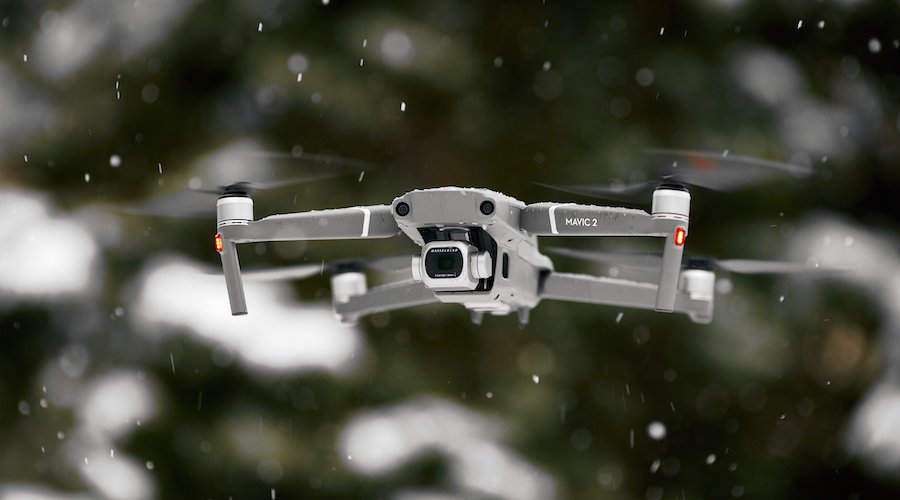
This image is property of pilotinstitute.com.
Impact of rain on electronics and sensors
The electronics and sensors of drones are particularly vulnerable to rain, as they are often exposed to the external environment. Rainwater can damage these components and affect the drone’s overall performance.
Vulnerability of exposed components
Exposed electrical components, such as circuit boards and connectors, can be easily damaged by rain. Water can cause short circuits or corrosion, leading to malfunctions or permanent damage to the drone’s electronics. Ensuring that these components are adequately protected is crucial for flying in rainy conditions.
Effects on GPS and flight control systems
Rain can interfere with the accuracy and reliability of GPS signals, which are essential for flight control and navigation. Water droplets can scatter or absorb GPS signals, leading to positioning errors or loss of signal. This can pose significant safety risks and affect the drone’s ability to fly autonomously. It is advisable to use a drone with advanced flight control systems that incorporate redundant sensors and navigation options.
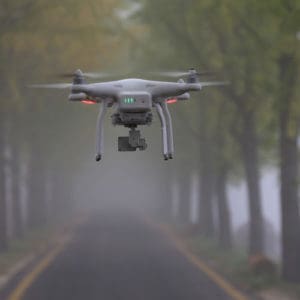
This image is property of tipsfordrones.com.
Battery performance in wet conditions
The performance of drone batteries can also be affected by wet conditions. Water can cause short circuits, reduce battery life, and potentially damage the battery itself. It is essential to understand and mitigate these risks when flying in rain.
Risk of short circuits and damage
Water and electricity do not mix well, and drones are no exception. If water seeps into the drone’s battery compartment or comes into direct contact with the battery terminals, it can cause short circuits and damage the battery. This can lead to a complete loss of power or even fires, posing significant safety hazards.
Waterproofing battery compartments
To protect the battery from rainwater, it is essential to ensure that the drone’s battery compartment is properly sealed. Some drones come with waterproof battery compartments, while others require additional waterproofing measures, such as using silicone seals or waterproof bags. It is crucial to follow the manufacturer’s recommendations for battery installation and maintenance.
Battery drain and flight time reduction
Flying in rain can also result in increased power consumption due to the additional weight and resistance caused by water. This can lead to reduced flight time and a higher risk of battery depletion during flight. It is advisable to plan shorter flight durations and monitor the battery levels closely when flying in wet conditions.
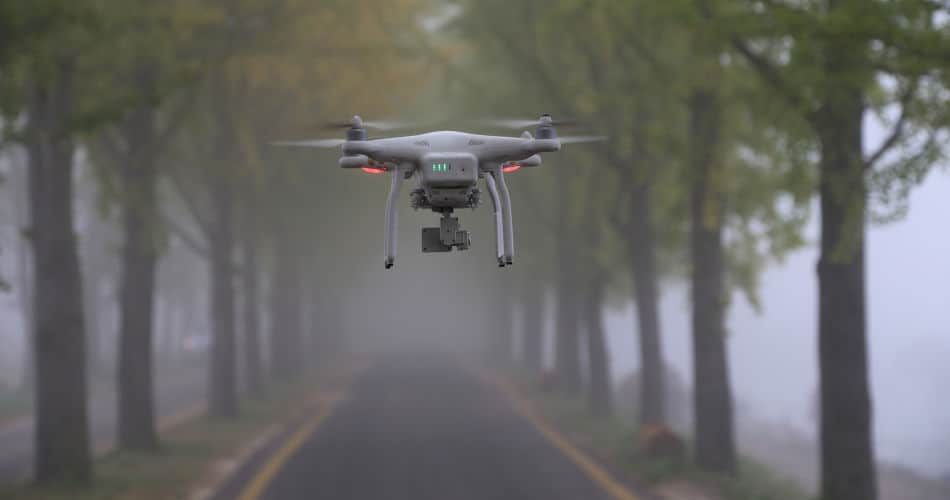
This image is property of tipsfordrones.com.
Weather conditions for safe drone operation
When considering flying a drone in rain, it is important to assess the weather conditions to ensure safe and successful operation. Several factors, such as rain intensity, wind speed, visibility, and rainfall duration, can impact the drone’s performance and overall safety.
Rain intensity and wind speed
Flying in heavy rain and strong winds should be avoided whenever possible. Heavy rain can impair visibility and increase the risk of water damage to the drone, while strong winds can make it difficult to maintain control and stability. It is advisable to fly in light rain and moderate wind conditions, always erring on the side of caution.
Visibility considerations
Rain significantly affects visibility, both for the pilot and any accompanying observers. Reduced visibility can make it challenging to navigate and avoid obstacles, increasing the risk of collisions. Before flying in rainy conditions, it is important to assess the visibility and ensure that you have a clear line of sight to the drone at all times.
Rainfall duration and altitude limitations
The duration of rainfall can also influence the suitability of flying a drone in rain. Drones are generally not designed for continuous exposure to water and may have limitations on their ability to withstand prolonged rain. It is important to refer to the manufacturer’s guidelines for recommended flight durations in wet weather. Additionally, flying at higher altitudes may expose the drone to different weather conditions, including more extreme rain or winds, which should be taken into consideration.
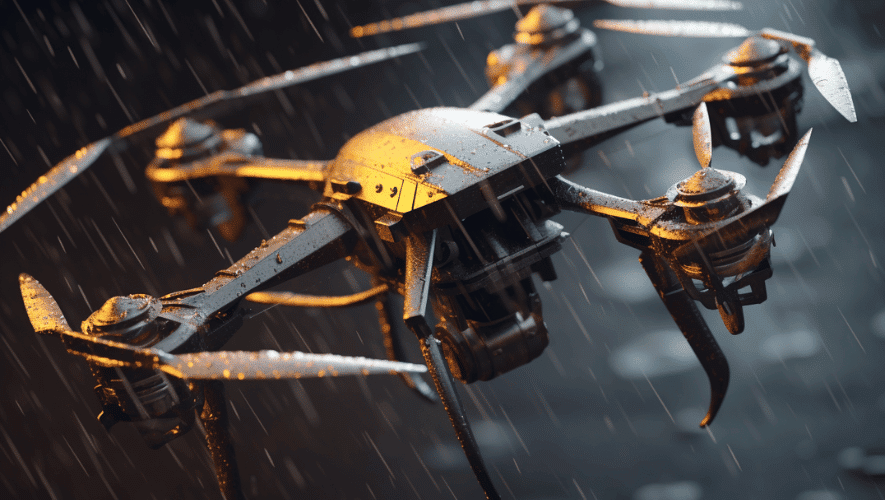
This image is property of dronesurveyservices.com.
Tips for flying drones in rain
If you decide to fly your drone in rain, there are several tips that can help mitigate risks and ensure a safe and enjoyable experience.
Check manufacturer recommendations
Always refer to the manufacturer’s guidelines and recommendations for flying in wet conditions. Manufacturers often specify whether a drone is suitable for rain and provide instructions on necessary precautions to take.
Invest in a waterproof drone
Consider investing in a drone that is specifically designed for flying in rain. Waterproof drones have built-in sealing and water resistance features that significantly reduce the risks associated with wet conditions. They provide added peace of mind and make flying in rain a more enjoyable experience.
Use protective accessories
Utilizing protective accessories can help enhance the water resistance of the drone. Waterproof cases, bags, or covers can shield the drone from rain, and lens filters can prevent water droplets from obstructing the camera’s view. These accessories can offer an extra layer of protection and help extend the lifespan of the drone.
Monitor weather conditions closely
Stay informed about the weather conditions before and during your drone flight. Keep track of any changes in rain intensity, wind speed, or visibility. It is advisable to have a reliable weather app or website that provides up-to-date information.
Avoid flying in heavy rain or storms
Lastly, it is crucial to exercise caution and avoid flying in heavy rain or during thunderstorms. These conditions pose significant risks to both the drone and surrounding environment. Choose your flying days wisely and prioritize safety above all else.
In conclusion, flying drones in rain can be done, but it is crucial to understand and mitigate the various factors that can affect their performance and safety. Considering the waterproofing of the drone, the impact of rain on propulsion systems and electronics, battery performance, and monitoring weather conditions are all essential for a successful and enjoyable drone flight in wet weather. By following these tips and being mindful of the potential risks, you can confidently take your drone out for a rainy adventure. Happy flying!
